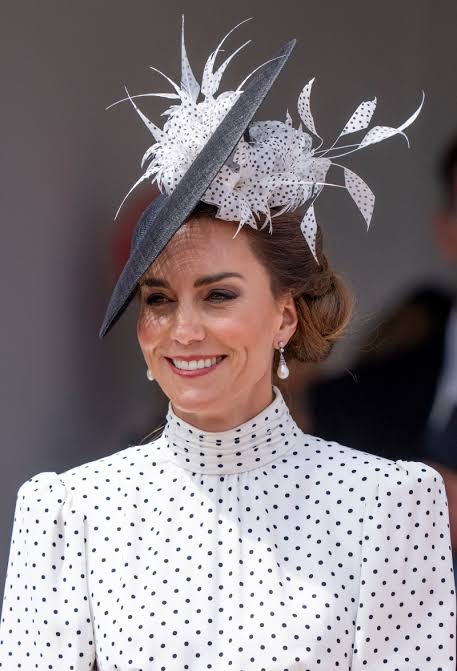
The History of Fascinators: From Royal Weddings to Runway Shows
Share
Fascinators have been a staple in the world of fashion for centuries, gracing the heads of royalty, celebrities, and fashionistas alike. But have you ever wondered where these intricate headpieces originated from? In this post, we'll take a journey through the fascinating history of fascinators, from their humble beginnings to their current status as a fashion icon.
Origins: 16th Century Europe
The earliest recorded use of fascinators dates back to 16th century Europe, where they were worn by women as a symbol of social status and wealth. These early fascinators were made from expensive materials like silk, velvet, and lace, and were adorned with precious gems and feathers. They were often worn to formal events like weddings and royal gatherings, where they served as a status symbol and a way to showcase one's wealth and fashion sense.
Evolution: 18th and 19th Centuries
As the centuries passed, fascinators continued to evolve and become more intricate. During the 18th and 19th centuries, fascinators became a staple in the world of high society, with women wearing them to formal events like operas, balls, and weddings. They were made from a variety of materials, including feathers, flowers, and lace, and were often adorned with delicate trims and embellishments.
The Golden Age of Fascinators: Early 20th Century
The early 20th century is often referred to as the "Golden Age" of fascinators. During this time, fascinators became a fashion staple, with women wearing them to formal events like royal weddings and high-society gatherings. They were made from a variety of materials, including feathers, flowers, and lace, and were often adorned with delicate trims and embellishments.
Modern Era: Late 20th Century to Present
In the late 20th century, fascinators experienced a resurgence in popularity, thanks in part to the royal wedding of Prince Charles and Lady Diana in 1981. The wedding, which was watched by millions around the world, featured a stunning array of fascinators, including the iconic "antenna headpiece" worn by Princess Diana.
Today, fascinators are more popular than ever, with designers like Philip Treacy and Stephen Jones creating intricate and elaborate designs for runway shows and high-society events. They're also a staple at royal weddings, with the wedding of Prince William and Kate Middleton in 2011 featuring a stunning array of fascinators.
Notable Moments in Fashion History
Fascinators have made a statement in fashion history numerous times over the years. Some notable moments include:
- Princess Diana's Antenna Headpiece: Worn to the royal wedding of Prince Charles and Lady Diana in 1981, this iconic headpiece is still talked about today.
- Kate Middleton's Wedding Fascinator: Worn to the royal wedding of Prince William and Kate Middleton in 2011, this stunning fascinator was designed by Philip Treacy and featured intricate lace and flower details.
- Lady Gaga's Meat Fascinator: Worn to the 2010 MTV Video Music Awards, this infamous fascinator was made from raw meat and sparked controversy and debate.
Conclusion
Fascinators have come a long way since their humble beginnings in 16th century Europe. From their early days as a symbol of social status and wealth to their current status as a fashion icon, fascinators have made a statement in fashion history numerous times over the years. Whether you're a fashionista, a royal watcher, or simply someone who appreciates the art of millinery, fascinators are sure to continue to fascinate and inspire for years to come.
1 comment
This blog is helpful for a beginner like me. I’m exposed now to the history of fascinations. Fill me in with more new designs.
Thank you